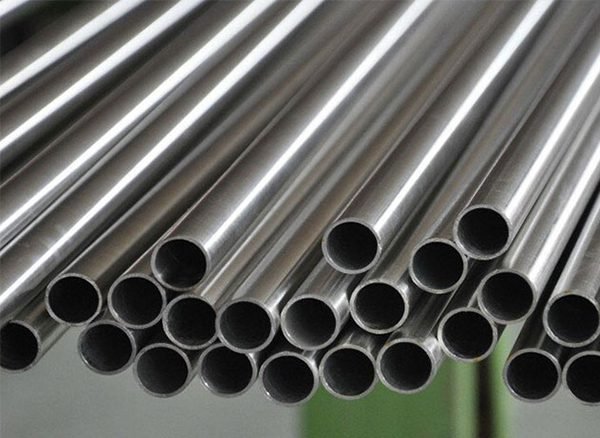Precision hydraulic tubes are the unsung heroes of various industries, playing a critical role in ensuring the smooth operation of machinery and equipment. But what exactly are these tubes, and why are they so vital? Let’s dive in and explore the world of precision hydraulic tubes.
What Are Precision Hydraulic Tubes?
Precision hydraulic tubes are high-quality tubes specifically designed for hydraulic systems, where precision, strength, and durability are paramount. These tubes are typically made from high-grade materials such as carbon steel, stainless steel, or specialized alloys to withstand high pressure and demanding conditions.
Manufacturing Process
The journey of a precision hydraulic tube begins with the selection of raw materials. Quality is crucial, so only the best materials are chosen. The tube forming techniques include cold drawing, which enhances the tube’s precision and strength. Surface treatments like galvanizing or chrome plating further enhance the tube’s resistance to corrosion and wear.
Key Features and Benefits
Precision hydraulic tubes offer several key benefits:
- High Precision and Accuracy: Essential for hydraulic systems that rely on exact specifications.
- Durability and Strength: Able to withstand high pressures and harsh conditions.
- Corrosion Resistance: Ensures a long lifespan even in corrosive environments.
- Applications of Precision Hydraulic Tubes
These tubes are used across various industries:
- Automotive Industry: For brake lines and fuel injection systems.
- Aerospace Sector: In hydraulic systems of aircraft.
- Heavy Machinery: For construction and mining equipment.
- Agricultural Equipment: In tractors and harvesters.
Comparison with Standard Hydraulic Tubes
Precision hydraulic tubes are a step above standard hydraulic tubes in several ways:
Manufacturing: Precision tubes undergo more stringent processes.
Performance: Offer higher accuracy and reliability.
Cost: Typically more expensive due to higher quality.
Quality Standards and Certifications
To ensure quality, precision hydraulic tubes must meet international standards such as ISO 9001 and industry-specific certifications like AS9100 for aerospace applications.
Maintenance and Care Tips
Maintaining these tubes involves regular inspections for signs of wear or damage, proper cleaning to prevent contamination, and appropriate storage to avoid deformation.
Innovations and Technological Advances
Recent advancements in materials and manufacturing technologies have further enhanced the performance of precision hydraulic tubes. For instance, new alloys and coating techniques have improved their strength and resistance to corrosion.
Challenges in the Production and Use
Despite their benefits, there are challenges. Manufacturing issues like material defects can affect quality, and users must handle these tubes carefully to avoid damage during installation and operation.
Selecting the Right Precision Hydraulic Tube
Choosing the right tube involves considering factors like pressure requirements, material compatibility, and environmental conditions. Partnering with a reputable supplier is also crucial to ensure quality and reliability.
Case Studies and Real-World Examples
In the automotive industry, precision hydraulic tubes have revolutionized brake system performance, providing more reliable and responsive braking. Similarly, in aerospace, these tubes ensure the smooth operation of hydraulic systems under extreme conditions.
Environmental Impact
The production and use of precision hydraulic tubes can have environmental impacts. However, many manufacturers are adopting eco-friendly practices, such as recycling and using sustainable materials, to minimize their footprint.
Future of Precision Hydraulic Tubes
The future looks bright, with ongoing innovations and increasing demand across industries. Emerging technologies like 3D printing and advanced alloys are set to further enhance the capabilities of precision hydraulic tubes.
Precision hydraulic tubes are indispensable components in many industries, offering unmatched precision, strength, and durability. Their role is only set to grow as technology advances and new applications emerge.


